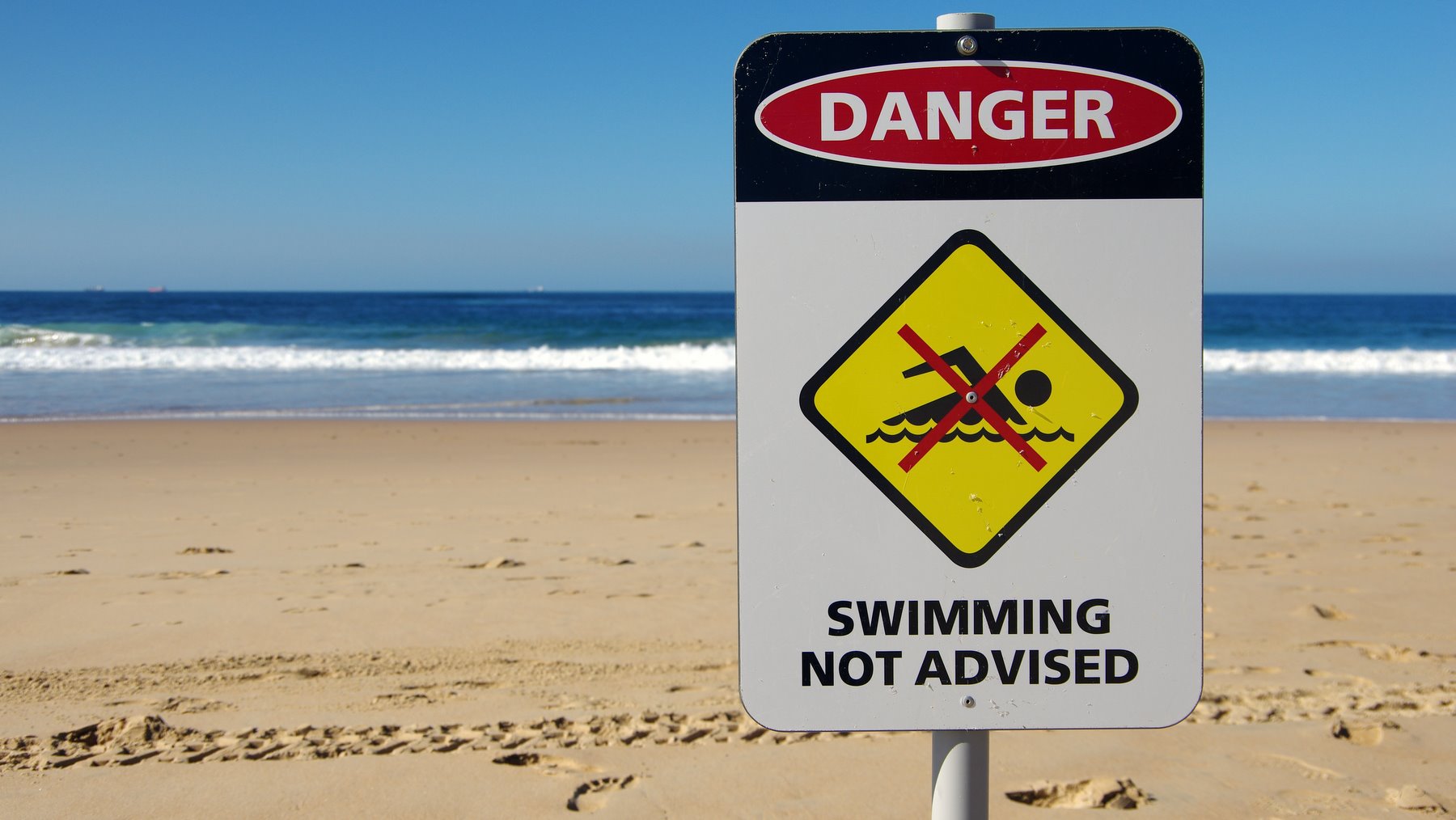Australia is world-famous for its beautiful beaches. Unfortunately, they also are a prime location for tragedy. During the last year, 276 people fatally drowned in Australia. That’s a ten per cent increase on the previous year.
Migrants are at risk
Many drowning incidents involved recent migrants and new arrivals. The has done an analysis over ten years and found that 27 percent of drowning deaths were people who were born overseas.
The main reasons for these are inexperience with the dangers of the beach and a lack of swimming skills.
“We know people coming from backgrounds where recreating and socializing around water isn’t the norm. Lots of people might come from countries where water is more used for work purposes or for chores and those types of things, so when they come to Australia they want to get into the Australian way of life but never really had the skills or experience to be safe around the water,” explains Royal Life Saving Society Australia’s Stacy Pidgeon.
Gurnam Singh is the founder of the , which assists foreign students to fully enjoy their experience in Australia. He says some new arrivals put their lives at risk through ignorance:
“I’m not only talking about swimming. Some people go for the extra mile to take a selfie or maybe take a photo. I think last year, there was an incident of somebody taking a selfie and he fell into the deep water and he just died.”
And for people from all backgrounds, alcohol also plays a major role in the increase in drowning deaths.
Rock fishing can be dangerous too
Rock fishing, which is popular with members from many migrant communities, has been dubbed the most dangerous sport in Australia.
Every year, high tides, slippery conditions and surging waves are claiming the lives of the inexperienced.
"We do encourage people and recommend to people to wear a life jacket whenever they go fishing, whether it's from a boat or off rocks. You never know, people get flipped into the water and they don't intend to be in the water, so a life jacket can save your life," says Pidgeon.
How to stay safe in and around the water
Clinton Rose is the beaches services manager for the Northern Beaches Council in New South Wales. He says there are things people can do to ensure a safe swim:
“Don’t swim unless there are some flags up and make sure you swim between the flags. Get those basic messages across and also learn how to swim. Enjoy yourself. Come down the beach but you got to be able to swim first.”
He says that if there is any doubt whether it’s safe to go into the water, talk to the lifeguards on the beach. Ask them to show you where the dangers are and where you should and shouldn’t swim.
What to do in case of emergency

“First thing is, do not panic because if you panic, what happens is you use up a lot of energy and your brain gets starved of oxygen and you cannot think clearly. So, the best thing is to try and float on your back as best as you can and put your hand in the air and yell for help. When you start to get into trouble, don't feel embarrassed; make sure you ask for help early,” explains Rose.
Resources
The is free and available in 72 languages. It provides information about patrol status, facilities, hazards, weather, swell and tide.
The by Surf Life Saving Australia also offers information in several languages, including and .
